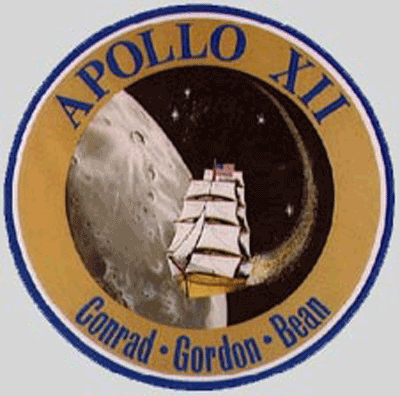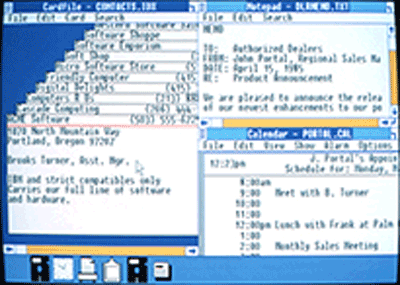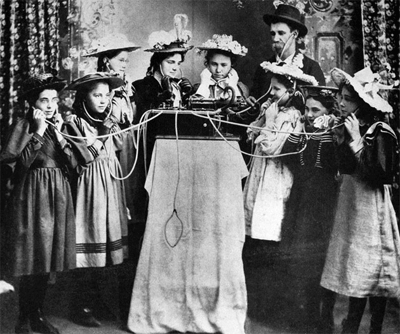November 19 – November 23
BY NICOLETTE EMMINO
Wonder what monumental events happened in the history of technology this week? Take a look.
November 19, 1969. Navy astronauts become third and fourth men to walk on the moon

Apollo 12 mission patch.
Commander Charles Conrad Jr. and Commander Alan L. Bean were members of the all-Navy crew in the Apollo 12 mission and became the third and fourth men to walk on the moon just four months after Neil Armstrong and Buzz Aldrin became the first and second. The other two commanders on the Appollo 12 mission with them, Commander Richard F. Gordon, Jr., the Command Module Pilot, remained in lunar orbit. The mission lasted 10 days, 4 hours, and 36 minutes, and the astronauts recovered 243 lbs. of lunar material.
November 20, 1985. Microsoft introduces Windows 1.0

This is what Windows 1.0 looked like. (Image via Microsoft)
Windows started as a project called Interface Manager in 1981. After experiencing many delays in its release, Windows 1.0, the 16-bit graphical operating environment, was finally introduced four years later. Windows 1.0 needed to be run on top of DOS at the time of its release. It came equipped with apps such as Notepad, a calendar, and the graphics program, Paint.
November 21, 1877. The phonograph is invented

Edison and his phonograph. (Image via Rutgers University)
While working on a way to record telephone communication in New Jersey, Thomas Edison stumbled upon the phonograph, a device that could record and play back sound. The invention, demonstrated eight days later, consisted of a cylinder of tinfoil onto which sound could be recorded by using a stylus.
November 22, 1963. An 8-mm home-movie camera records President John F. Kennedy’s assassination

The camera used to record President Kennedy’s assassination. (Image via National Archives)
President John F. Kennedy’s assassination was recorded be a dressmaker named Abraham Zapruder using a Model 414 PD Bell & Howell Zoomatic Director Series Camera powered by a spring-wound mechanism. Zapruder was working in the building at Dealey Plaza in Dallas, TX, where Kennedy was shot, and managed to film a 26-second movie that captured the event.
Zapruder filmed the president from the time his limousine turned onto Elm Street until it passed out of view under a railway bridge. The 468-frame sequence became one of the most studied films in history. This can also be considered one of the earliest forms of user-generated content.
November 23, 1889. The first jukebox is constructed

The first jukebox.
The first jukebox was constructed by the Pacific Phonograph Co. and installed at the Palais Royale Saloon in San Francisco. The jukebox contained four stethoscope-like tubes attached to an Edison Class M electric phonograph encased in an oak cabinet. The first jukebox was a little different from those typically displayed in that the tubes were used much like headphones so four people could listen to the same song simultaneously. The tubes were activated by the drop of a nickel into the box. ■
Advertisement
Learn more about Electronic Products Magazine





